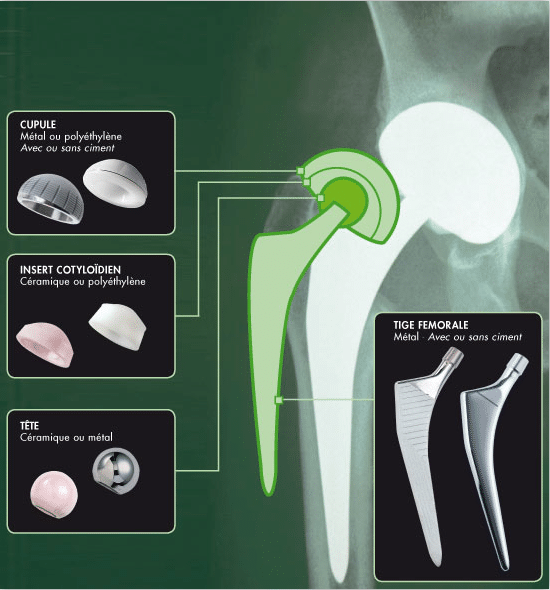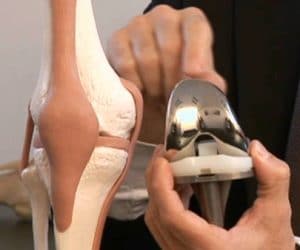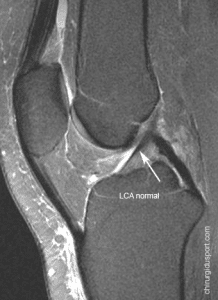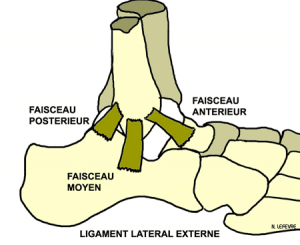
What is a total hip replacement?
The hip joint consists of two bones: the femur and the hip bone. The joint is moving in all planes of space and extremely stable because the contact area has a perfect congruence: the femoral head is spherical and fits perfectly on the basin, in an area called “cup”.
A total hip replacement (THR) is made of two main elements, called implants:
- The femoral implant with a shank and a head, called “ball”, implanted in the femur
- The acetabular implant which is concave, located in the basin
Both have the following characteristics:
The material of the implants, fixing of the bone implant and the material of the friction zone, called the friction torque.
Implant fixation in the bone is done mainly in two ways:
- technique called “cementless” held by impaction then colonize the bone by the coating surface of the prosthesis, coated hydroxyapatite.
- technique known as “cement fixation” means a cement, ie similar to the resin material makes it possible to fix the implant to the bone.
The implant material may be made ??of stainless steel, metal (chrome cobalt), of titanium, of polyethylene (PE) or alumina. Coating the implant is smooth if the mount is cemented coated with hydroxyapatite (HA) if the fastener is cementless. The polyethylene is a plastic of high resistance to wear. Alumina is a ceramic, the material currently most wear resistant.
The frictional torque associated with the ball of the stem of the femoral head and the acetabular region which faces it. The torque is also dependent of the fastener used. A couple of hard-hard friction (metal-metal or alumina-alumina) does not tolerate cemented fixation of the acetabulum. The ball of the femoral stem replaces the femoral head is of metal or alumina. The surface of the acetabulum that confronts the ball is either PE or alumina, or metal. Theoretically, couples who have a duration longer life are hard-hard couples. It is not possible to oppose the metal to the ceramic.
And so there are four possible combinations of friction torque:
- metal ball – acetabular polyethylene
- alumina ball – acetabular polyethylene
And two other couples, couples called hard-disk:
- metal ball – metal cup
- ball alumina – alumina acetabular
Schematically, there are now two main choices of implants that are:
- a cemented fixation, with a steel rod, a steel ball and a cup of polyethylene
- cementless fixation, with a rod covered HA, a ball made of alumina and an alumina acetabulum
Doctor Yoann BOHU, Doctor Serge HERMAN, Doctor Nicolas LEFEVRE. – 5 novembre 2013.



